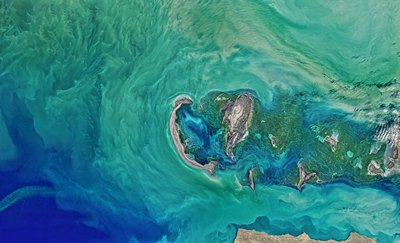Documents
This section features public documents and files uploaded by the stakeholders and custodians of the Caspian Sea environment.
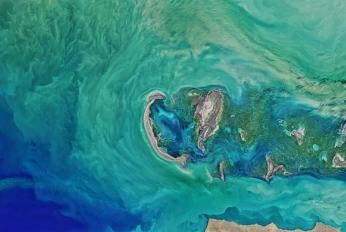 The interrelationship between the fisheries and the protection of the marine environment of the Caspian SeaSat, 21/12/2024 - 16:49This scoping paper considers the interrelationship between the fisheries and the protection of the marine environment of the Caspian Sea. It has been prepared in response to the request of the Parties to the Convention on the Protection of the Marine Environment of the Caspian Sea, during the first meeting of Conference of
The interrelationship between the fisheries and the protection of the marine environment of the Caspian SeaSat, 21/12/2024 - 16:49This scoping paper considers the interrelationship between the fisheries and the protection of the marine environment of the Caspian Sea. It has been prepared in response to the request of the Parties to the Convention on the Protection of the Marine Environment of the Caspian Sea, during the first meeting of Conference of
- Description
This scoping paper considers the interrelationship between the fisheries and the protection of the marine environment of the Caspian Sea. It has been prepared in response to the request of the Parties to the Convention on the Protection of the Marine Environment of the Caspian Sea, during the first meeting of Conference of the Parties in May 2007 in Baku.[1] The aim of the scoping paper is to support the Parties in their efforts to intensify their regional dialogue and to build their regional partnership for safeguarding the marine environment of the Caspian Sea for the benefit of present and future generations.
[1] Statement of Ministers at the first Meeting of the Conference of the Parties to the Framework Convention for the Protection of the Marine Environment of the Caspian Sea, 25 May 2007, Baku, Republic of Azerbaijan.
- Attached documents
- Metadata
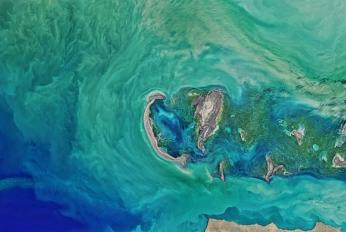 Casual Chain Analyses (CCA): Decline in tulka fisherySat, 21/12/2024 - 16:15There no evidence that reduction in fish populations is the only possible cause of decline in tulka catch. Availability of existing stocks to fishery industry could be another immediate cause of decline in catches. This cause is more difficult to exam as little data is available on stocks relocation and changes in fish behav
Casual Chain Analyses (CCA): Decline in tulka fisherySat, 21/12/2024 - 16:15There no evidence that reduction in fish populations is the only possible cause of decline in tulka catch. Availability of existing stocks to fishery industry could be another immediate cause of decline in catches. This cause is more difficult to exam as little data is available on stocks relocation and changes in fish behav
- Description
There no evidence that reduction in fish populations is the only possible cause of decline in tulka catch. Availability of existing stocks to fishery industry could be another immediate cause of decline in catches. This cause is more difficult to exam as little data is available on stocks relocation and changes in fish behaviour.
Decline of stock is reported and is considered as the most important factor. At the moment it is the only immediate cause possible to exam with sufficient data. It has several underline causes and each cause can has different impact to three species. According to Astrakhan Fishery Institute data stock of anchovy tulka reduced from 968 thousands tons in 1999 to 300 thousands tons in 2002, stock of big-eye tulka reduced from 112 thousand tons in 1999 to 4 thousands tons in 2004; and stocks of Caspian tulka remain in stability at the level of 400 thousands tons.
- Attached documents
- Metadata
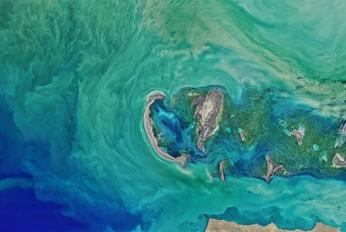 Caspian Sea Region: Environmental IssuesSat, 21/12/2024 - 16:01At the meeting point of the Middle East, Europe, and Asia, the Caspian region includes steppe land in the north, cold, continental deserts and semi-deserts in the northeast and east, and warmer mountain and highland systems in the south and southwest. The coastal wetlands of the Caspian basin include many shallow, saline poo
Caspian Sea Region: Environmental IssuesSat, 21/12/2024 - 16:01At the meeting point of the Middle East, Europe, and Asia, the Caspian region includes steppe land in the north, cold, continental deserts and semi-deserts in the northeast and east, and warmer mountain and highland systems in the south and southwest. The coastal wetlands of the Caspian basin include many shallow, saline poo
- Description
At the meeting point of the Middle East, Europe, and Asia, the Caspian region includes steppe land in the north, cold, continental deserts and semi-deserts in the northeast and east, and warmer mountain and highland systems in the south and southwest. The coastal wetlands of the Caspian basin include many shallow, saline pools, which attract a variety of bird life and biodiversity; over 400 species are unique to the Caspian. In addition, the sea's native sturgeon is famous the world around for the roe it produces: sturgeon from the Caspian Sea accounts for approximately 90% of the world's caviar industry.
- Attached documents
- Metadata
- Year
- 2003
 Report: Fisheries Management in the Caspian Sea, 2006Sat, 21/12/2024 - 15:00The Caspian Sea, world largest lake, is bordered by Azerbaijan Republic, Islamic Republic of Iran, Kazakhstan, Republic, Russian Federation and Turkmenistan. Its biodiversity is comprised of 1354 plant, animal and more than 122 fish species. Out of 122 fish species and subspecies living in the Caspian Sea, 40 species are com
Report: Fisheries Management in the Caspian Sea, 2006Sat, 21/12/2024 - 15:00The Caspian Sea, world largest lake, is bordered by Azerbaijan Republic, Islamic Republic of Iran, Kazakhstan, Republic, Russian Federation and Turkmenistan. Its biodiversity is comprised of 1354 plant, animal and more than 122 fish species. Out of 122 fish species and subspecies living in the Caspian Sea, 40 species are com
- Description
The Caspian Sea, world largest lake, is bordered by Azerbaijan Republic, Islamic Republic of Iran, Kazakhstan, Republic, Russian Federation and Turkmenistan. Its biodiversity is comprised of 1354 plant, animal and more than 122 fish species. Out of 122 fish species and subspecies living in the Caspian Sea, 40 species are commercial and presently 25 species are the main exploited fish. The Caspian Sea fishes are divided to four main groups, including 53 species Marine fishes (43.5%), 42 species (13.4%) of freshwater origin, 18 species (14.7%) anadromous and 9 species (7.4%) semi-anadromous. At present sturgeons, kilka and Caspian Sea seals are considered as shared stocks between Caspian Sea range states.
- Attached documents
- Metadata
- Year
- 2006
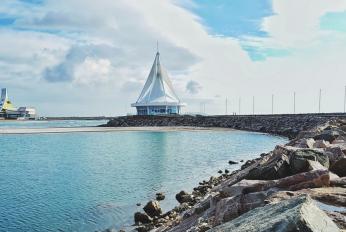 Природные пастбища и развитие отгонного животноводства в ТуркменистанеTue, 10/07/2018 - 10:04Для Туркменистана опустынивание является одной из серьёзнейших экологических и социально-экономических проблем. Каракумы занимают почти всю равнинную территорию Туркменистана и относятся к песчаным пустыням, образованным отложениями древнего речного стока, которые при нерациональном использовании растительного и почвенного п
Природные пастбища и развитие отгонного животноводства в ТуркменистанеTue, 10/07/2018 - 10:04Для Туркменистана опустынивание является одной из серьёзнейших экологических и социально-экономических проблем. Каракумы занимают почти всю равнинную территорию Туркменистана и относятся к песчаным пустыням, образованным отложениями древнего речного стока, которые при нерациональном использовании растительного и почвенного п
- Description
Для Туркменистана опустынивание является одной из серьёзнейших экологических и социально-экономических проблем. Каракумы занимают почти всю равнинную территорию Туркменистана и относятся к песчаным пустыням, образованным отложениями древнего речного стока, которые при нерациональном использовании растительного и почвенного покрова легко подвергаются дефляции. Происходит образование барханных песков, которые наносят большой ущерб населённым пунктам, различным инженерным объектам хозяйственного и социально-культурного назначения. Кинга рассказывает о работе, проделанной в стране по выполнению основных положений Конвенции по борьбе с опустыниванием и поиск эффективных способов устойчивого управления пастбищными угодьями, обеспечивающие непрерывное повышение их продуктивности, сокращение площади деградированных участков и увеличение поголовья скота. Данное издание подготовлено и опубликовано в рамках реализации Проекта Адаптационного фонда (АФ), Программы развития ООН (ПРООН) и Государственного комитета Туркменистана по охране окружающей среды и земельным ресурсам «Реагирование на риски, связанные с изменением климата, на систему фермерского хозяйства в Туркменистане на национальном и местном уровнях».
- Attached documents
- Metadata
- Year
- 2018
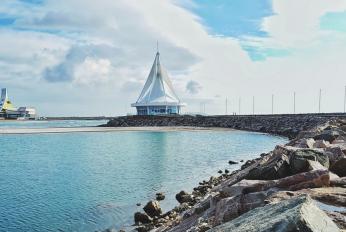 Fish Concentrations in the Turkmen part of the Caspian SeaTue, 05/06/2018 - 10:46Основные места концентрации белуги, севрюги, осетра, кефали, судака, сельдей, воблы, сазана и рыбец в Туркменском секторе Каспия.
Fish Concentrations in the Turkmen part of the Caspian SeaTue, 05/06/2018 - 10:46Основные места концентрации белуги, севрюги, осетра, кефали, судака, сельдей, воблы, сазана и рыбец в Туркменском секторе Каспия.
- Description
Основные места концентрации белуги, севрюги, осетра, кефали, судака, сельдей, воблы, сазана и рыбец в Туркменском секторе Каспия.
- Attached documents
- Metadata
- Year
- 2018
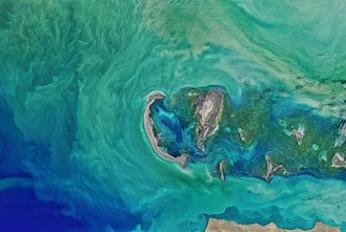 Article - Review of pollution sources and controls in Caspian Sea regionMon, 23/04/2018 - 18:24Daily extractions of crude oil and gas and transportation of them are the main pollution sources of the Caspian Sea. Many trucks for charring oil from ports along the Caspian Sea are considered as point and nonpoint sources along the seaboard. In addition, many ships, which are navigating in the Sea, are emitting pollution t
Article - Review of pollution sources and controls in Caspian Sea regionMon, 23/04/2018 - 18:24Daily extractions of crude oil and gas and transportation of them are the main pollution sources of the Caspian Sea. Many trucks for charring oil from ports along the Caspian Sea are considered as point and nonpoint sources along the seaboard. In addition, many ships, which are navigating in the Sea, are emitting pollution t
- Description
Daily extractions of crude oil and gas and transportation of them are the main pollution sources of the Caspian Sea. Many trucks for charring oil from ports along the Caspian Sea are considered as point and nonpoint sources along the seaboard. In addition, many ships, which are navigating in the Sea, are emitting pollution to the Sea. Many cities and industries surround the Caspian Sea. Pollution from these cities and industries enter the Caspian Sea either directly or through rivers. The purpose of this paper is to look at the benefits of environmental management strategies in pollution prevention such as waste minimization and clean technologies. This minimizes the environmental problems due to waste generation and eliminates the cost of treatment and disposal of the waste. The benefits of the environmental management program along the Caspian Sea will ensure the clean water and the better environment of the Sea.
- Attached documents
- Metadata
- Year
- 2009
Document
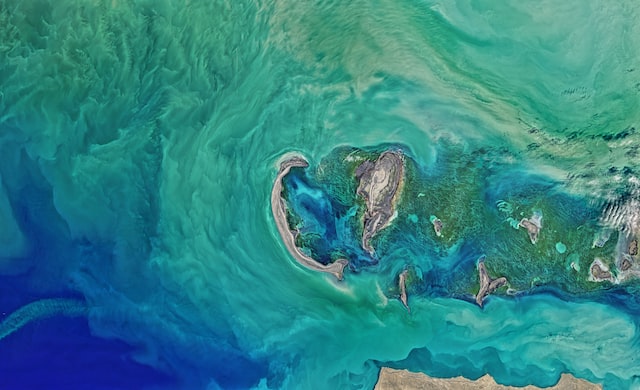
The interrelationship between the fisheries and the protection of the marine environment of the Caspian Sea
Document
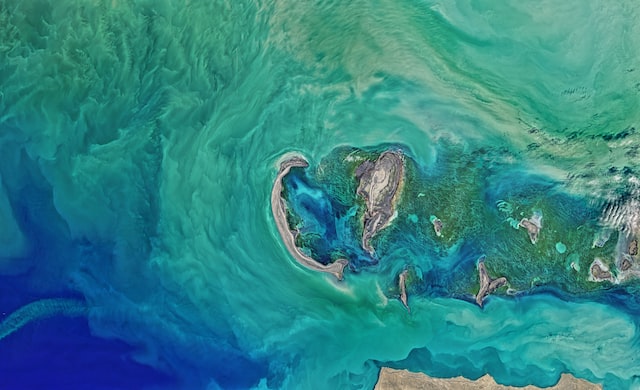
Casual Chain Analyses (CCA): Decline in tulka fishery
Document
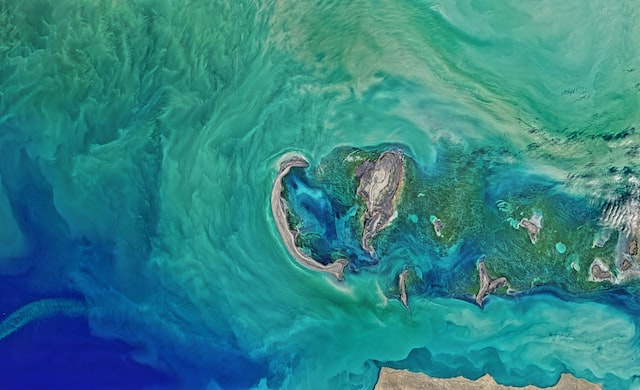
Caspian Sea Region: Environmental Issues
Document

Report: Fisheries Management in the Caspian Sea, 2006
Document
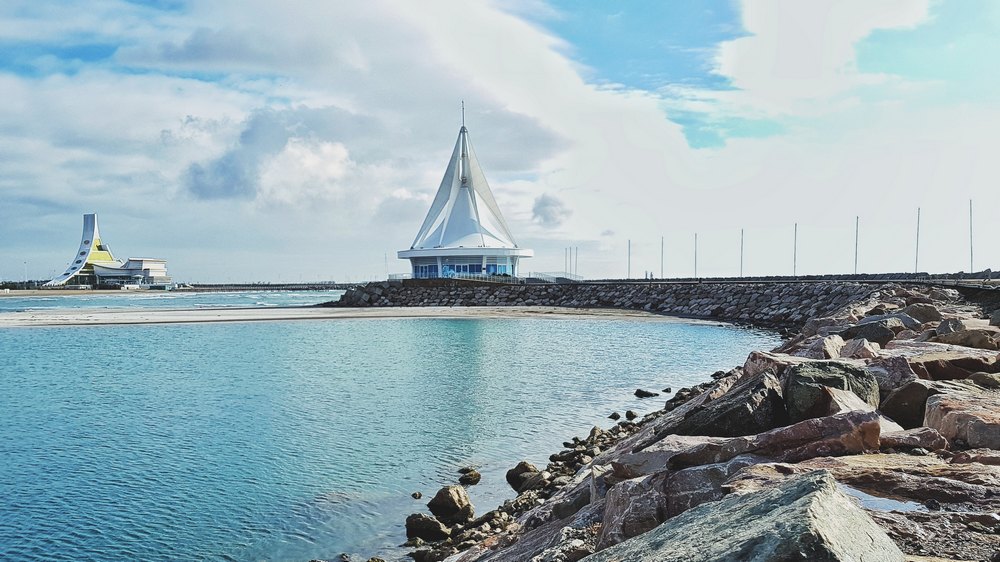
Природные пастбища и развитие отгонного животноводства в Туркменистане
Document
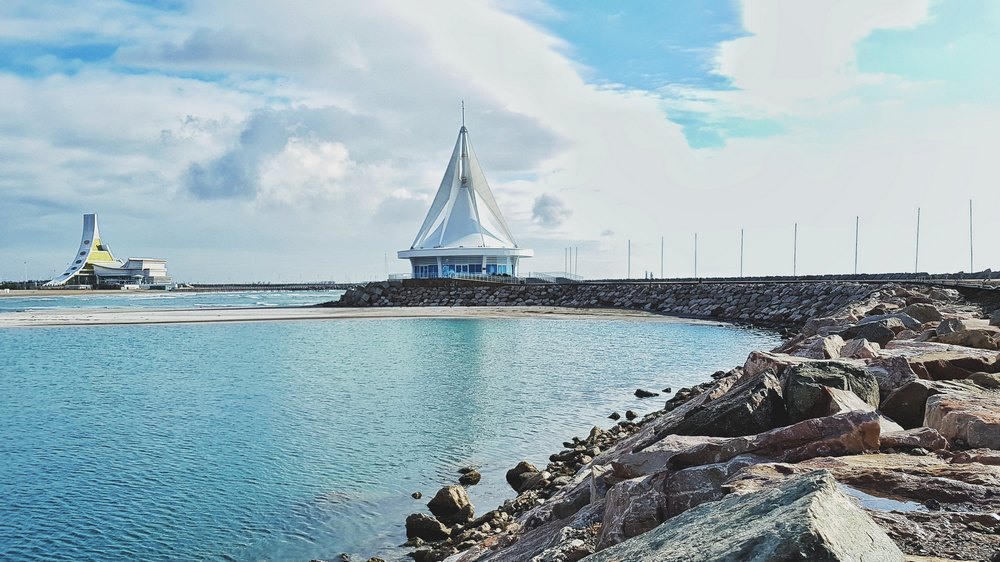
Fish Concentrations in the Turkmen part of the Caspian Sea
Document
